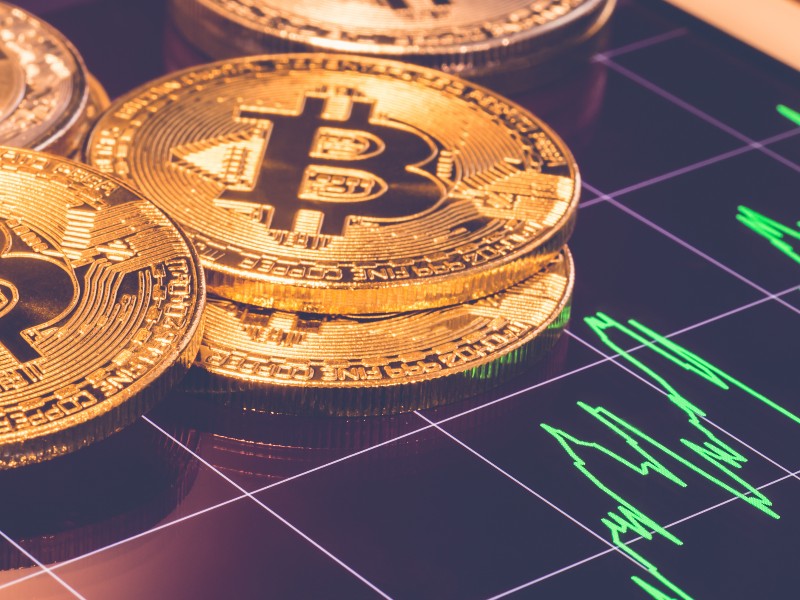

Institutional investors appear to be making some tentative forays into the world of cryptocurrencies.
A research note published by investment firm Cambridge Associates said it may be time for institutional investors to begin exploring and familiarizing themselves with the asset class, stating, “we see an industry that’s developing, not faltering.” As well, a survey of institutional investors by the Global Blockchain Business Council found 19 per cent said they believe investors will be using cryptos regularly by 2021. And the employees’ and police retirement systems of Fairfax County, VA made commitments of $10 million and $11 million, respectively, in the Morgan Creek Blockchain Opportunities Fund.
“All investments involve risk and this investment is no different,” said Jeff Weiler, executive director of the Fairfax County Retirement Systems, in a note, explaining the choice to invest. “However, as they would do with any investment, Fairfax’s investment team determined the expected returns from this investment were in line with the level of risk incurred.”
While these flutters have caught the attention of the crypto world, are institutional investors really ready to put serious allocations towards this asset class?
“We’re at the very, very early stages of this,” says Les Marton, senior director at bFinance. While the institutional investment community is certainly discussing the topic widely, it isn’t necessarily delving in too deeply, he adds, noting there’s interest from high-net-worth individuals and some family offices, but traditional institutional investors are still in wait-and-see mode, without any real appetite to develop, let alone implement a strategy.
The hesitation is due to a few key reasons, says Marton. First, it’s quite challenging to define cryptocurrency in an investment context. “Is it an actual currency? And if you take a look at what the definition of currencies is, it has to be some sort of a medium of exchange, a store of value. Is it actually interchangeable or fungible with other assets? And that’s problematic in this space. Arguably, it’s not really a medium of exchange, so it’s not really a currency. And we have a difficult time determining whether it’s actually storing value or not.”
Other aspects of cryptos are difficult to nail down as well, he says. “Is it a commodity that can be traded? That’s problematic for most investors as well. Obviously, there’s no real underlying hard asset underpinning cryptocurrency, so it’s difficult to consider it a commodity.”
The upshot of this challenge is institutional investors don’t know where the assets would make sense in their overall portfolios, he says, and it remains hard to see how the assets would interact with other investments.
“There’s 1,800 some odd cryptocurrencies out there,” says Marton. “There seems to be very little actual correlation among the different currency vehicles. And that’s probably for a number of reasons. They all have slightly different stories, with different objectives. So it’s hard to think of it as an asset class.”
There’s some correlation among the largest cryptocurrencies, he notes, but that tends to drop off the smaller they get.
Further, as more players become interested in the space, it’s easier to see how crypto could work in an active trading context, but it remains unclear whether it would be a good choice as a longer-term, less tactical investment, he says. “Wall Street is obviously coming out on the leading edge of this. They’re diving in.
“There’s activity, we just haven’t seen it matriculating significantly to any degree, into the institutional space yet,” he adds.
Regulators are looking more closely at the logistics of using cryptocurrencies in the broader investment arena, but there’s a lack of consensus whether they’re for or against the basic concept, says Marton.
“If it’s investible, it doesn’t necessarily mean you should invest,” says Ruben Mutsaers, risk solutions manager at bFinance. He notes that, while institutional investors certainly have the capacity to invest in hedge funds, for example, some expressly choose not to.
“It’s a developing asset class and we see very little opportunity from investors, but some key things are being developed by various parties,” says Mutsaers. That said, some in the industry are building structures and products that seem to lend more legitimacy to the idea, he adds.
“People are starting to develop sector indices now, and several years ago there was none of that. People had no notion of what a sector might be within cryptocurrencies.”
Indeed, on March 21, the FTSE Russel said it’s developing, and intends to launch, a digital assets index.
